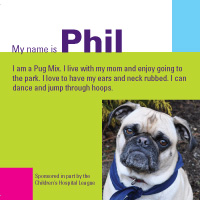by Anne Tonachel
In 1997, when our children were all grown up, my husband Dick and I moved from the suburbs to Cambridge, right near many Boston hospitals. We bought a condo with an extra bedroom, and we shortly thereafter read about Hospitality Homes in the paper. Getting involved with them seemed like a great way to do something useful with the space.
We’ve been hosting people for more than 15 years now, and every individual and family is different. We’ve celebrated with some, cried with others, but it’s always meaningful. We love having people from all over the world stay at our home. One couple from Italy stayed with us while their baby was being treated at Boston Children’s Hospital. When we traveled to Italy on vacation they returned the favor. It felt like we were visiting old friends.

